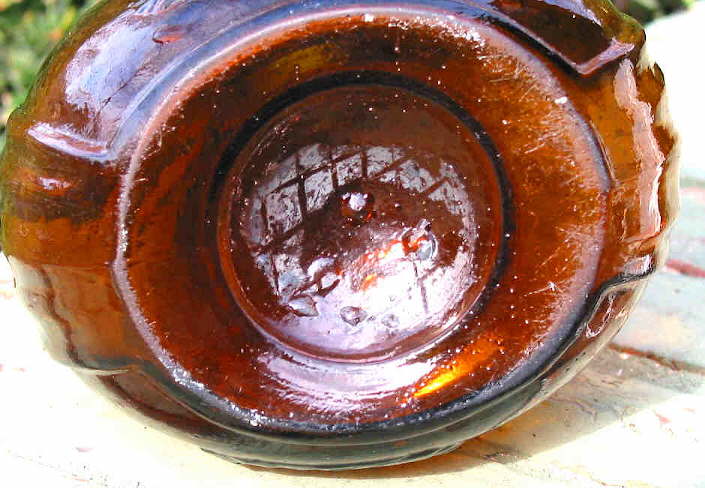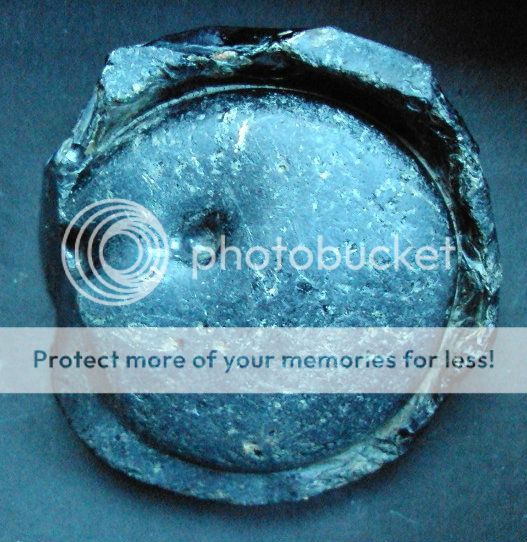AntiqueMeds
Well-Known Member
I seem to remember seeing one on a Vaughn's Lith med. Its ext uncommon on medicines.


ORIGINAL: tigue710
They are most often seen on large Gothic pickles and some large meds. The link you've provided is to a modern piece Matt, I'm not sure what that thing is! Here is a picture of a Clover pontil, attributed to Stoddard. You can see as I traced in red the image of a clover, which is really just the Punty being divided into four sections, all part of one piece...

ORIGINAL: tigue710
here is another strange cross hatched type






